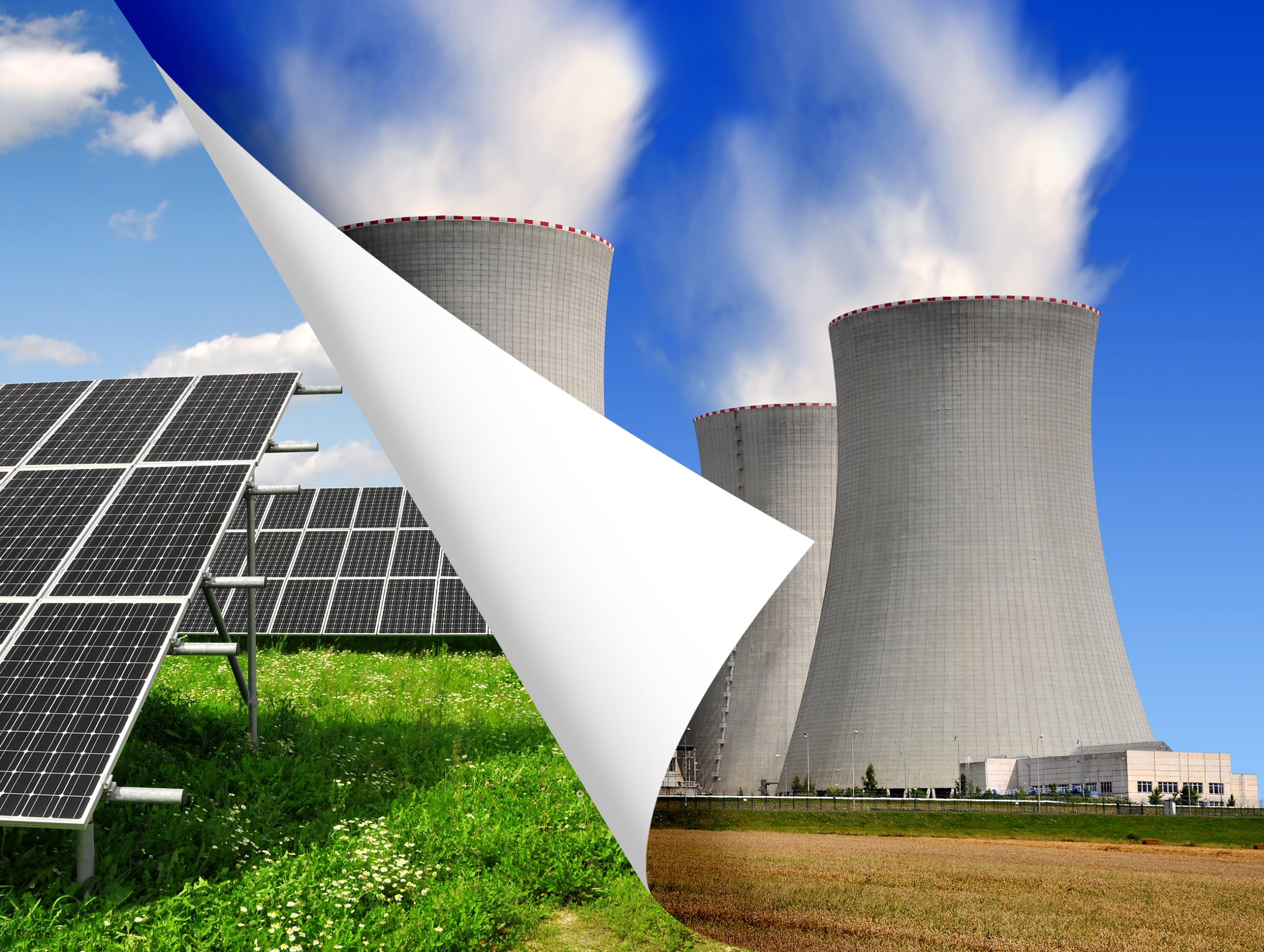The Inside Word

The ‘sensible centre’
The term ‘sensible centre’ is often used by politicians to describe their view of where best to position their party in politics, somewhere between left and right, or extreme and moderate; a position that the majority of Australians would support on important issues.
Former Prime Minister’s Tony Abbott and Malcolm Turnbull both used the term during their tenures to inspire or garner support for their views. More recently, Opposition Leader Peter Dutton said, ‘the Coalition could win the 2025 election if it returned to the ‘sensible centre‘ and avoided lurching to the right or left’.
When we think about the current debate of Australia’s energy and climate policies, most Australians would agree that having a target will help to reduce our carbon emissions over time. The Australian Government’s renewable energy target of 82 per cent by 2030, whilst ambitious is achievable. However, the debate over how we get there is the focus of political discourse.
Will we achieve the target as we move away from conventional gas and coal generation technologies to renewable energy and energy storage technologies? Increasingly, there is commentary that other technologies such as nuclear could be included in order to meet our carbon emission reduction objectives.
Some have gone as far as to claim that it will not be possible to meet these targets without including nuclear energy in the mix of low emission technologies.
Whilst most Australians agree with the need to make the shift to renewables to reduce greenhouse gas emissions, politicians may differ on how to get there. Their views are determined by a range of factors, including:
- The need to maintain a continuous supply of base-load power for Australian business and consumers;
- Achieving a price point for energy that increases Australia’s competitiveness;
- Meeting our export obligations to overseas customers, but retain enough energy supply for domestic consumption, and;
- Maintaining Australia’s international standing on key policy issues.
I think most Australians are less concerned about the mix of renewable energy technologies than they are about maintaining a reliable supply of electricity at an affordable price.
Australia is struggling to build enough renewables to compensate for the retirement of coal, largely due to poor planning and a toxic debate on climate change that paralysed the country for many years.
However, many other advanced economies that are moving from fossil fuels to renewable and low emissions technologies have included the use of zero emissions nuclear energy. These include countries such as United States, China, France, United Kingdom, Japan, South Korea, Canada, Germany, Spain, Sweden, Belgium and India. More recently, the Canadian Prime Minister Justin Trudeau said ‘we are going to have to do much more nuclear’ to boost their clean energy supply.
In contrast, the Australian government has ruled out the use of nuclear energy as too expensive and too slow to be ready to replace coal fired power stations as they exit the system, probably due in part to the lack of long-term energy system planning.
In 2020 in Eastern Australia, coal still generated about 65 per cent of electricity consumed, with hydroelectric contributing 8 per cent, natural gas 7 per cent, liquid fuels less than 1 per cent with the balance from wind and solar.[1]
If Australia’s current and future energy needs are to be sourced from renewable and low emissions technology, does it make sense to exclude nuclear as an option? For example, is it rational to argue that nuclear should be ruled out because it costs too much? We rely on continuously operating desalination plants to produce clean fresh water, at significant cost in terms of initial capital investment and ongoing running costs. Like electricity, we need a constant supply of fresh water, particularly as the impacts of climate change are felt more often.
Returning to that phrase the sensible centre, it seems to me that whichever party provides a sustainable solution to our long-term energy needs from low emission technologies will benefit electorally if those solutions are affordable. It makes sense to maintain a dialogue with the Australian community about how best to achieve a low carbon future.
[1] What would be required for nuclear energy plants to be operating in Australia from the 2023s – Professor Stephen Wilson, University of Queensland


